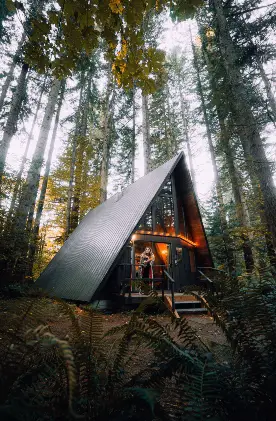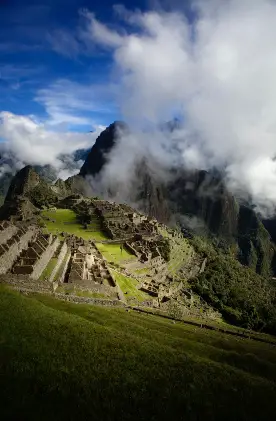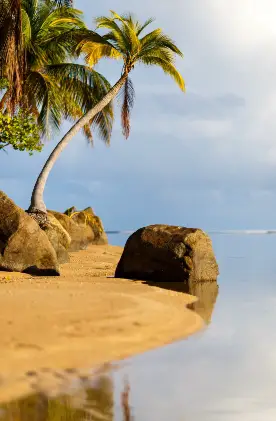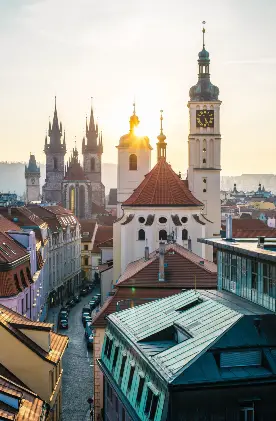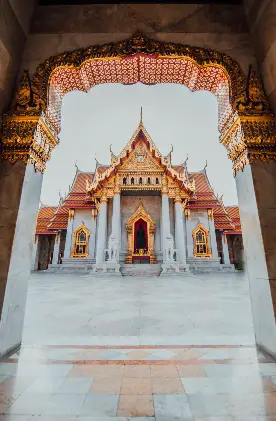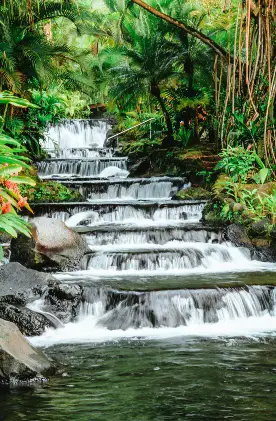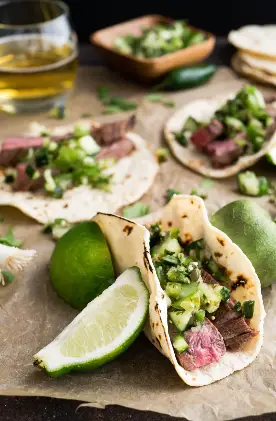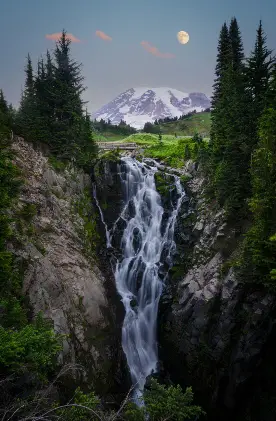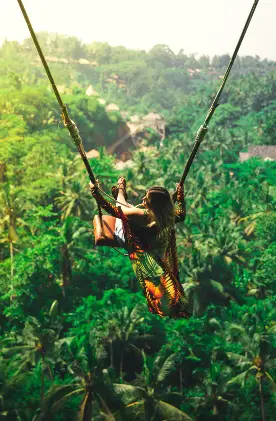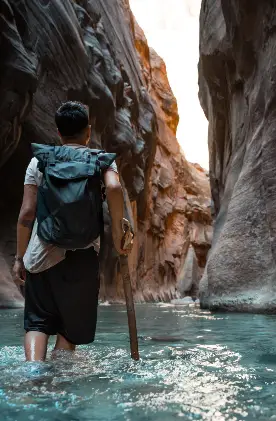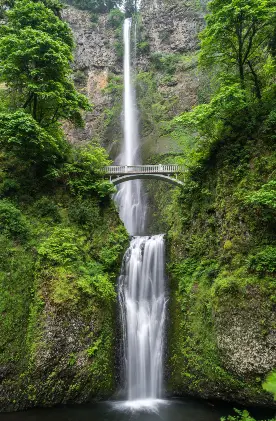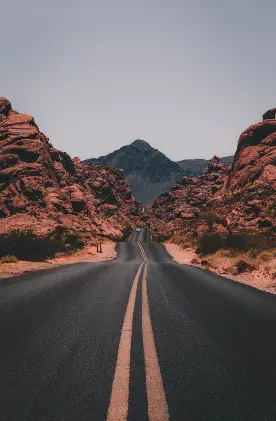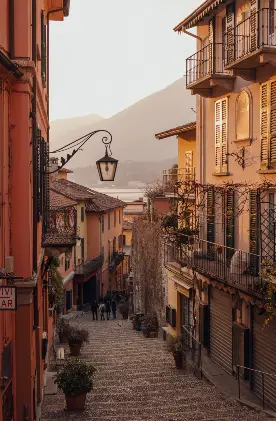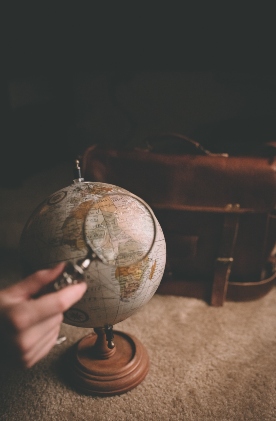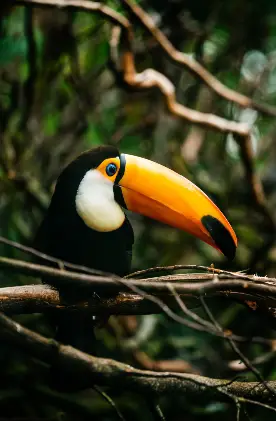My name is Michael Moran. I’m 29 years old and I currently live in Argentina. I was born in New York State and grew up in a small town about an hour and a half north of New York City called Brewster. Welcome to my expat guide to living and traveling in South America.
I had always wanted to travel to South America and see what life was like down here. I never thought that I would be here for over a year and live in Argentina until I fell in love with my Argentinian girlfriend, Josefina.
She was born and raised in the Northern Patagonian region of Argentina. I took this opportunity of having a local (who I loved and knew) to find out what her culture, as well as the Latino culture, was all about. At the same time, it gave me an opportunity to learn a new language.
I had always heard amazing things from travelers and friends who had been to South America. I knew the language barrier was going to be difficult but I believed that I would try to learn to speak Spanish, live within the culture, and experience the lifestyle, food, and drinks of South America.
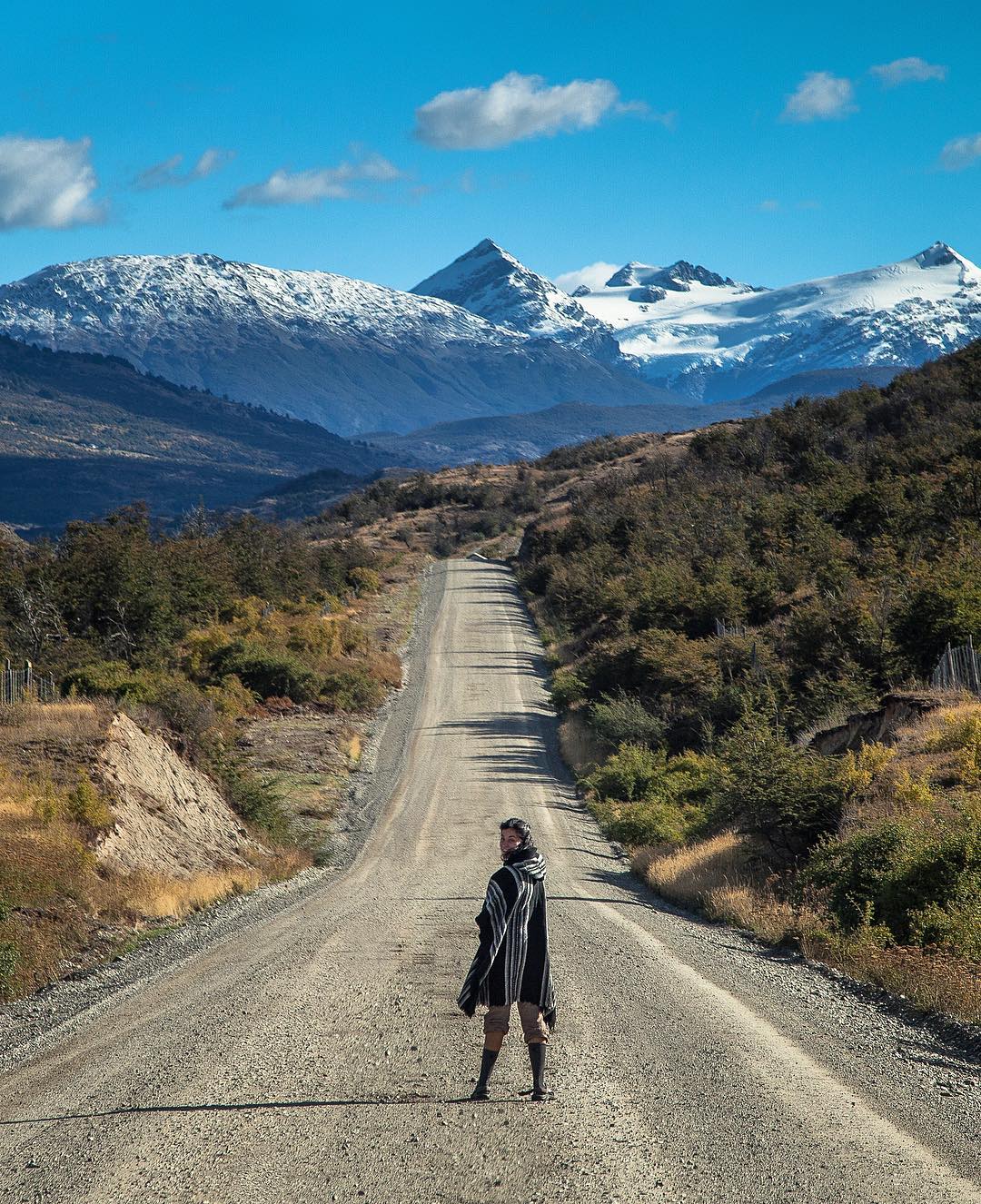
My Great Journey through South America
The first time I visited South America was February of 2018. I flew to Buenos Aires and stayed a few days in the city then took a road trip for about two months in the south of Chile on the Carretera Austral “Route 7”.
After getting my first licks of life down in South America I went back to my job in the United States. Five months later in August of 2018 I decided to leave my job and embark on my journey down in the Southern Cone!
The first three months back in South America I stayed in the province of Rio Negro, Argentina. After getting adjusted to life and picking up the basics of the language I went on a road trip for four months with my girlfriend, Josefina, through Central Chile, then up to San Pedro de Atacama, then crossing into Bolivia.
We traveled through Bolivia for a month before entering the North of Argentina and traveling for another month down to the central part of Argentina to the location I am living now, Mendoza.
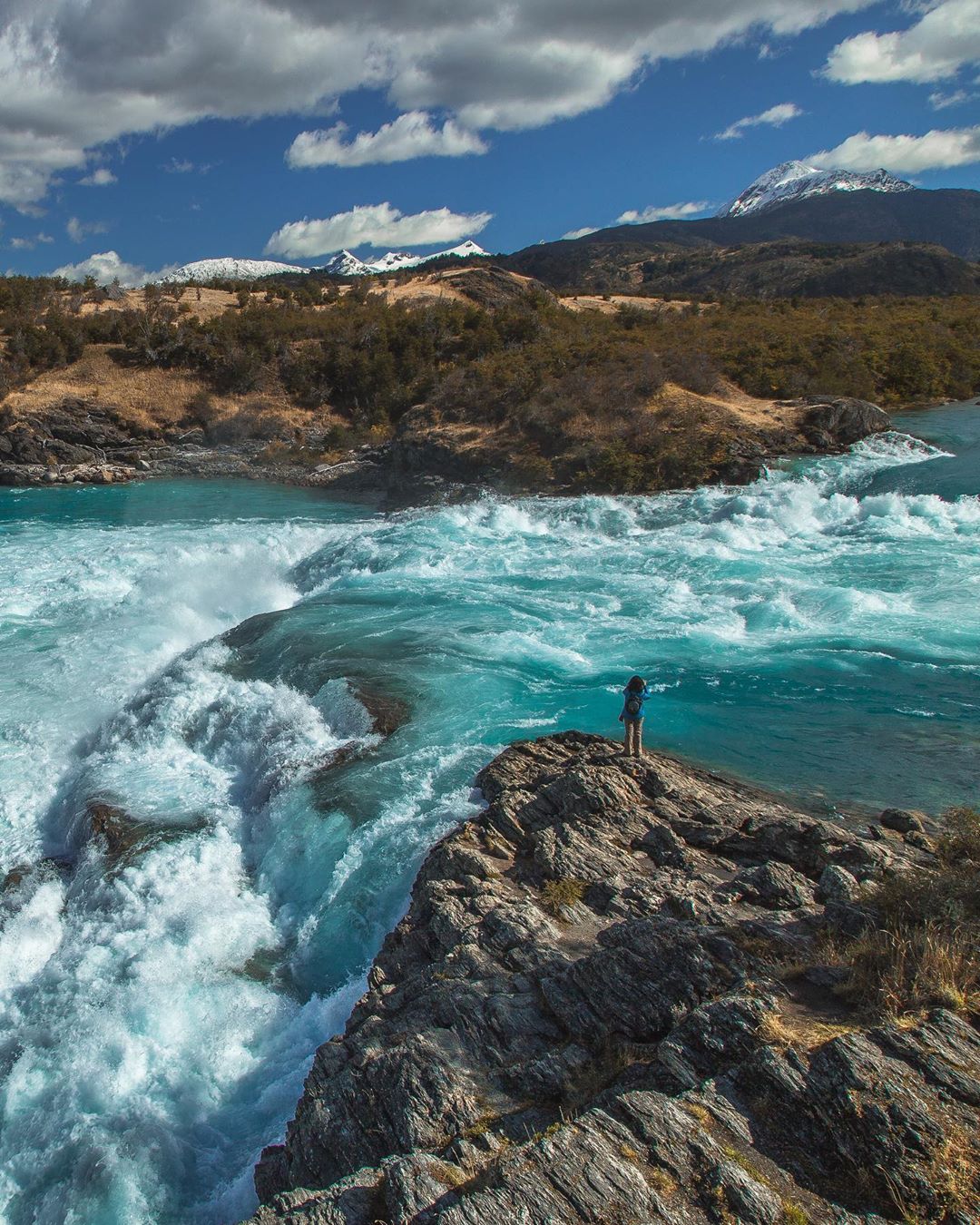
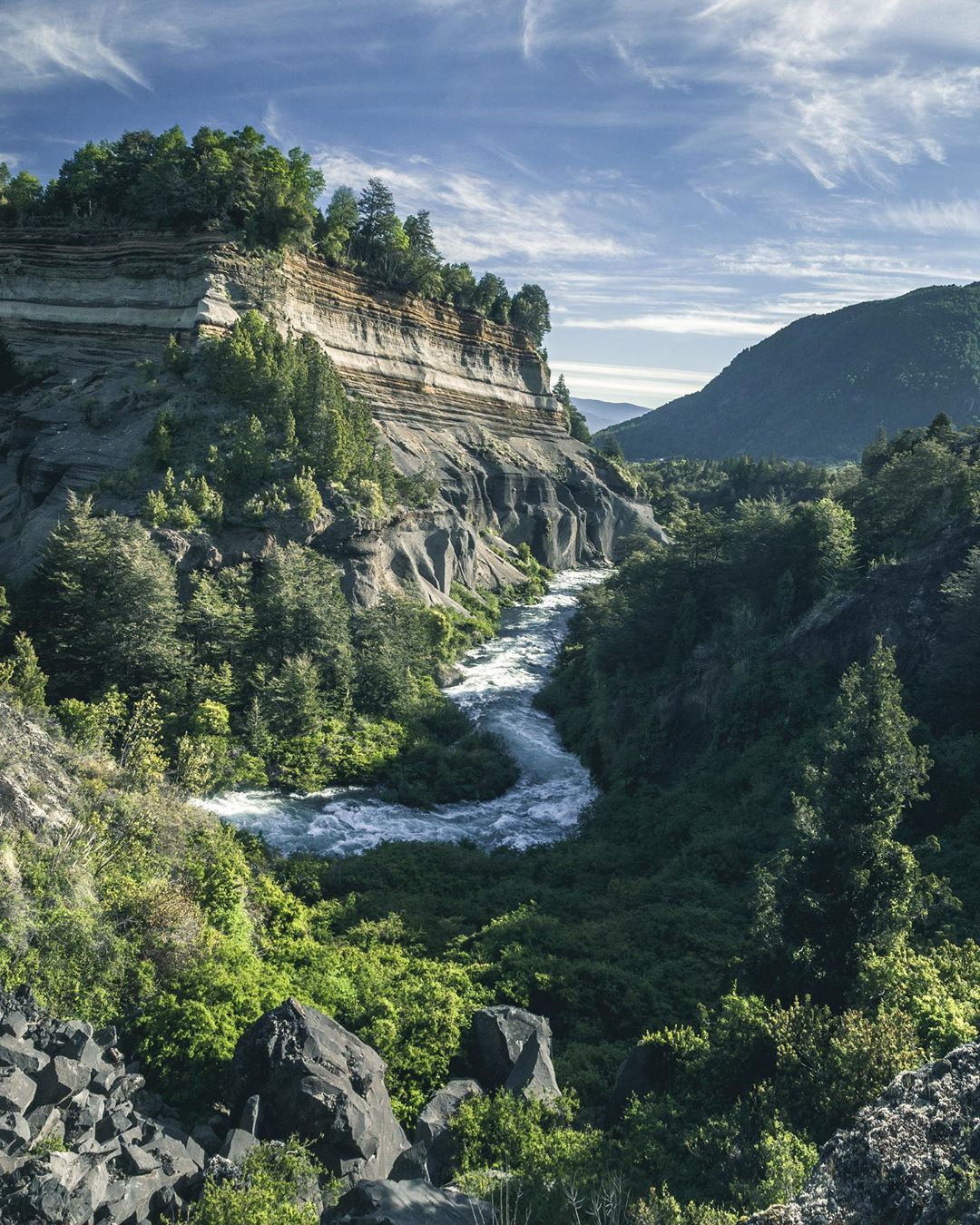
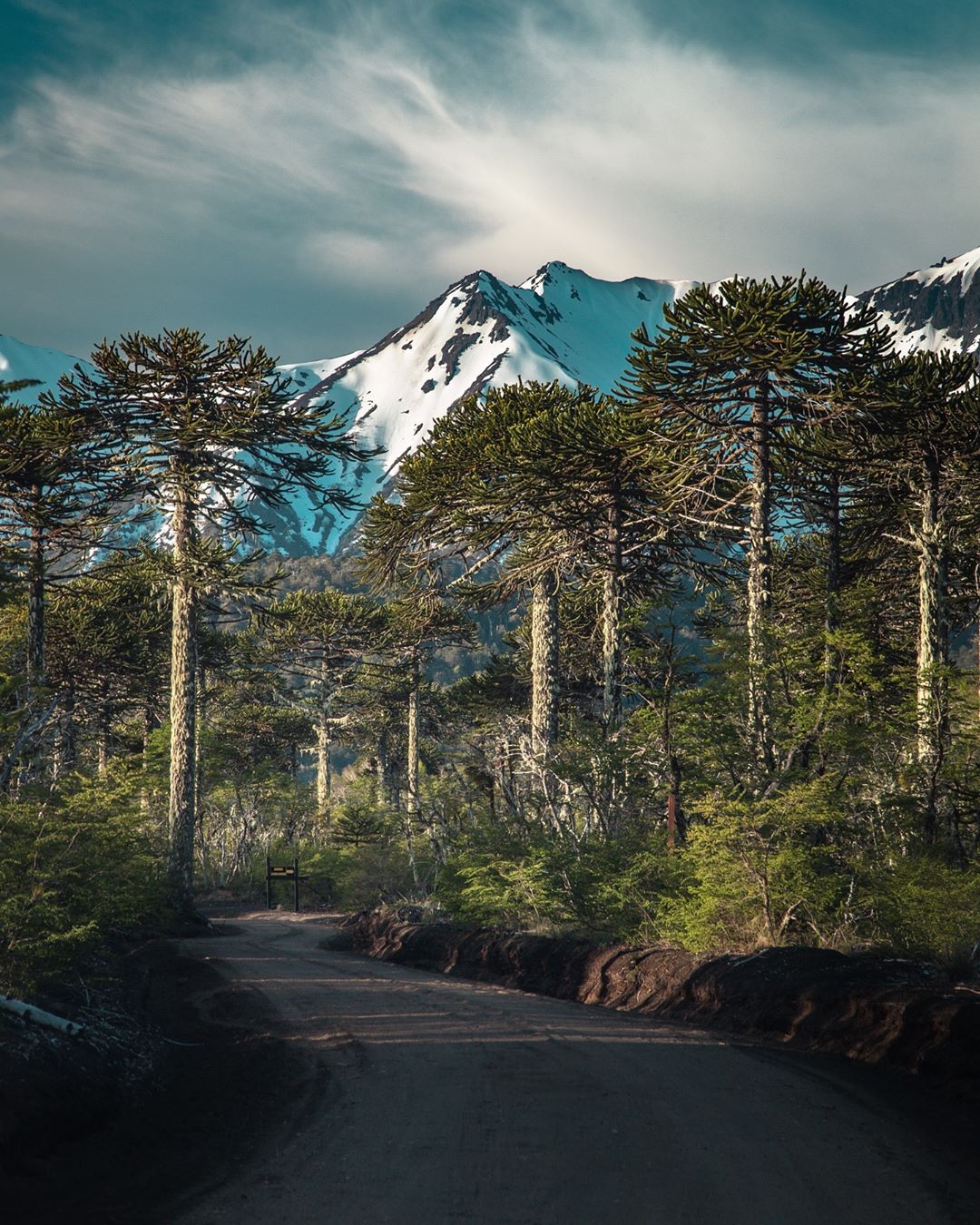
Amazing Memories from Patagonia to Peru
I’d say as a whole, the country of Chile has been my favorite place. The climates and geography differ so drastically — from the glaciers in the south, the wine/Pisco region toward the central portion and the deserts in the north. It is by far the most photogenic country I’ve ever been to.
One of my most memorable experiences from Chile visiting Caleta Tortel, a small port town located in the Aysén Region. This unique place consists of only boardwalks as the means of transportation.
Thousands of wooden planks and 2×4’s construct a maze of walkways to get people around. These walkways take people to their homes, grocery stores, restaurants and community centers. I highly recommend Caleta Tortel for anyone traveling to Chile as a unique experience.
Another fantastic place is Lago General Carrera or “Lake Buenos Aires”. This enormous turquoise lake is surrounded by the Andes Mountains and is located in Patagonia right on the Argentine/Chilean border.
In this same location I experienced walking on glaciers during a trek on the northern glacial fields of Chilean Patagonia, kayaking through the vibrant Marble Caves and sunsets/sunrises like I’ve never seen before.
Chilean Patagonia holds a sweet spot in my heart. This is the first location I always advise people to go and see. I’d recommend this area to anyone looking to see sights you thought only existed in movies like Jurassic Park and Lord of the Rings. It’s truly a fairytale world.
Just as magical in its own regard is San Pedro de Atacama, in Northeastern Chile. An arid desert climate teeming with hundreds of volcanoes, salt flats, geysers and vibrant colored lagoons.
These dramatic landscapes make you question if you are still standing on earth or if you’ve been transported to another planet. If you love seeing wildlife this location is filled with pink flamingos, guanacos, foxes, llamas and pumas.
Some other highlights from my travels here have been hiking the Osorno volcano, swimming in thermal pools of the Altiplano in Bolivia, driving across the largest salt flats in the world and experiencing the 14 story deep precious metal mines in Potosi.
I would also like to mention the Atacama region of Chile where I stargazed under the clearest and darkest skies on earth. Throughout my travels in South America I’ve also eaten some amazing food including the best meat in Argentina and spectacular seafood in Chile.
The next countries I hope to travel to include Brazil, Ecuador, and Colombia. I’m also dying to explore more in the south of Argentinian Patagonia.
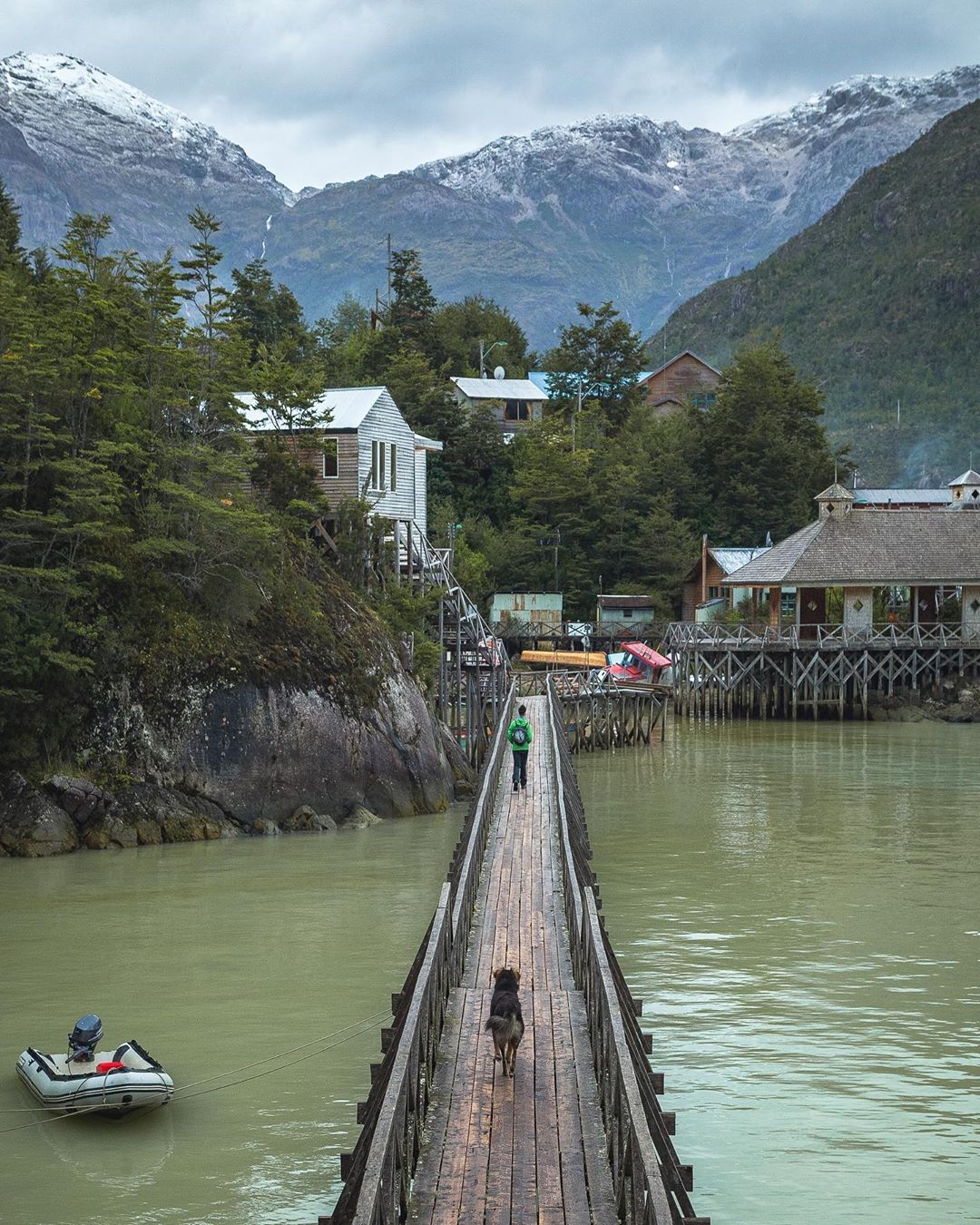
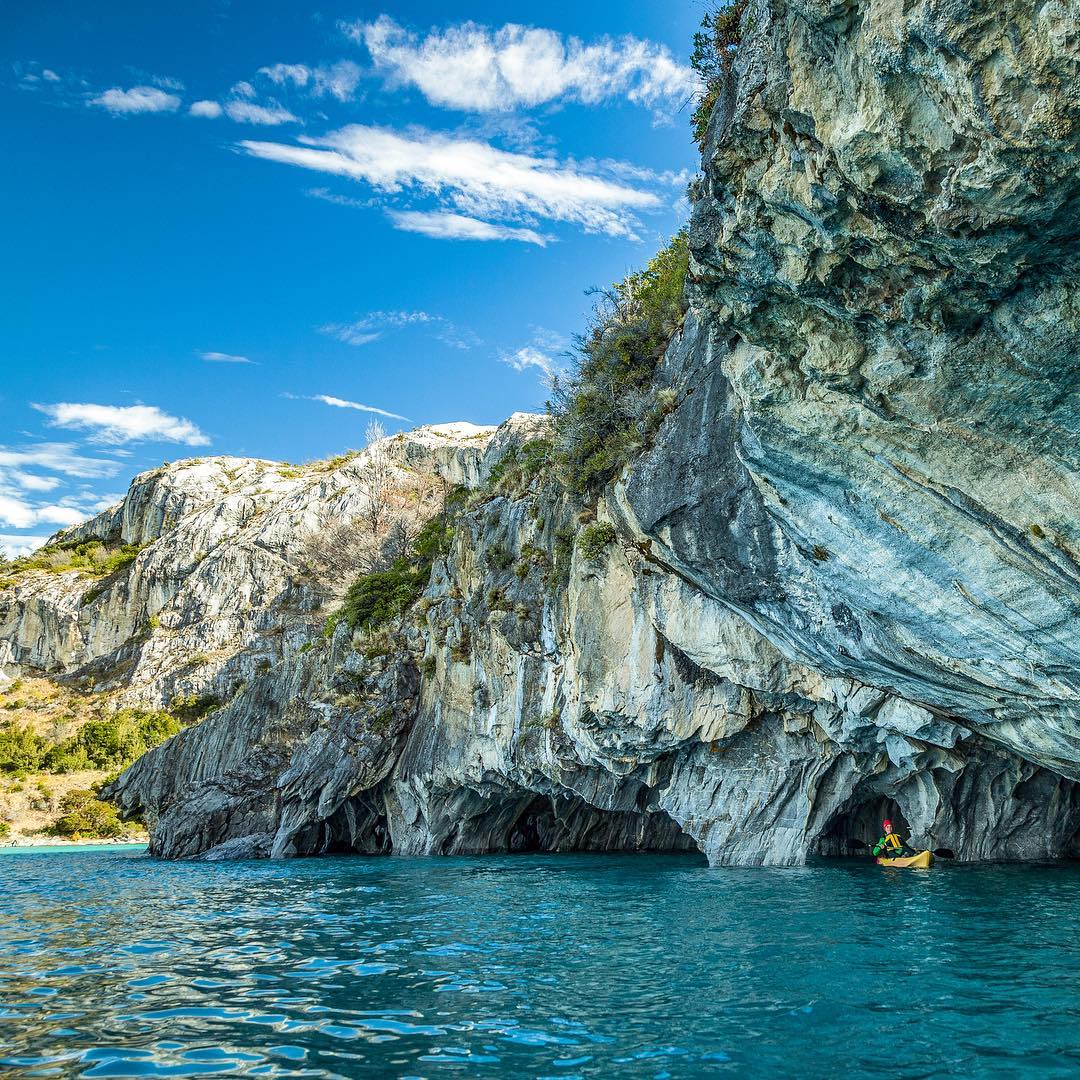
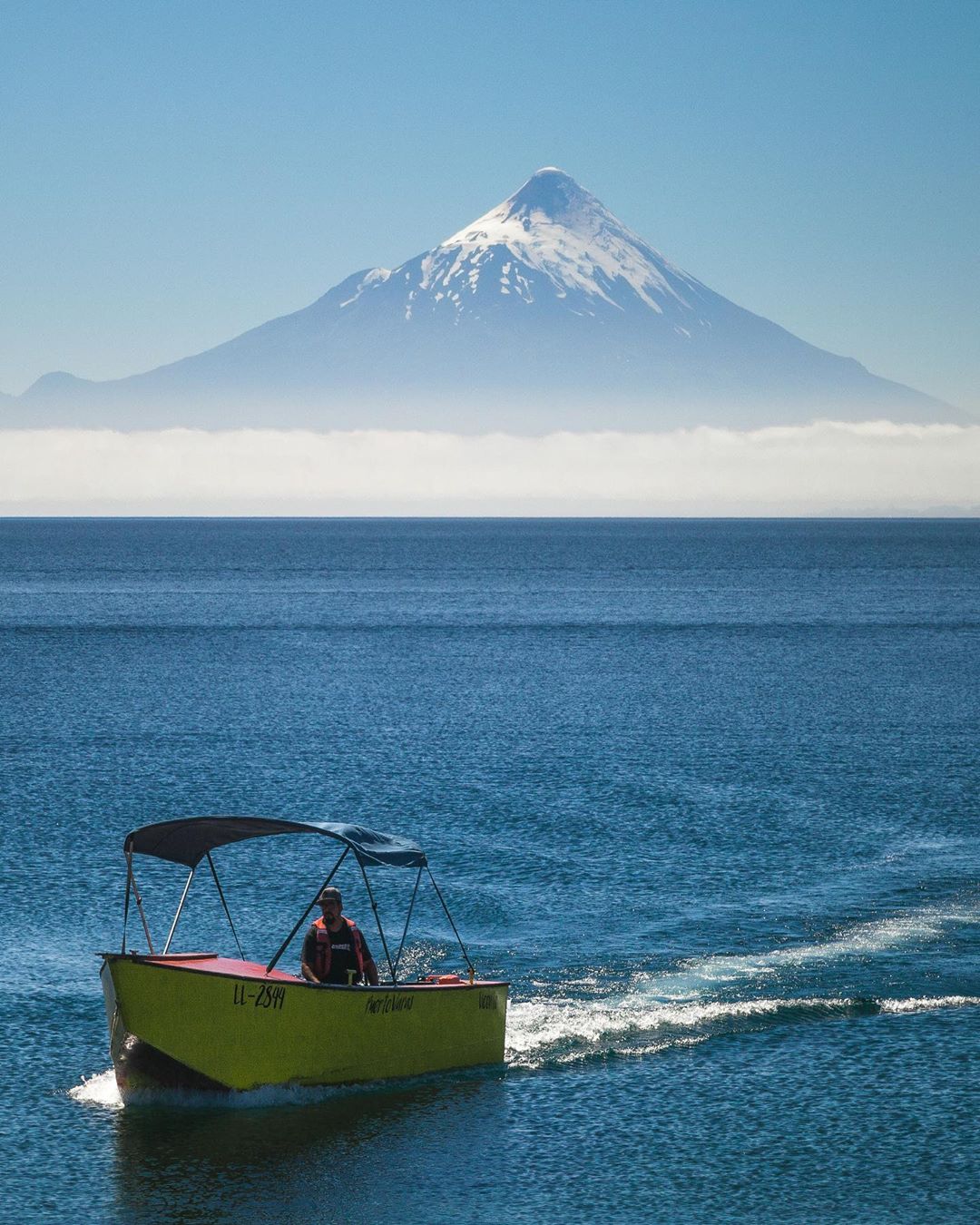
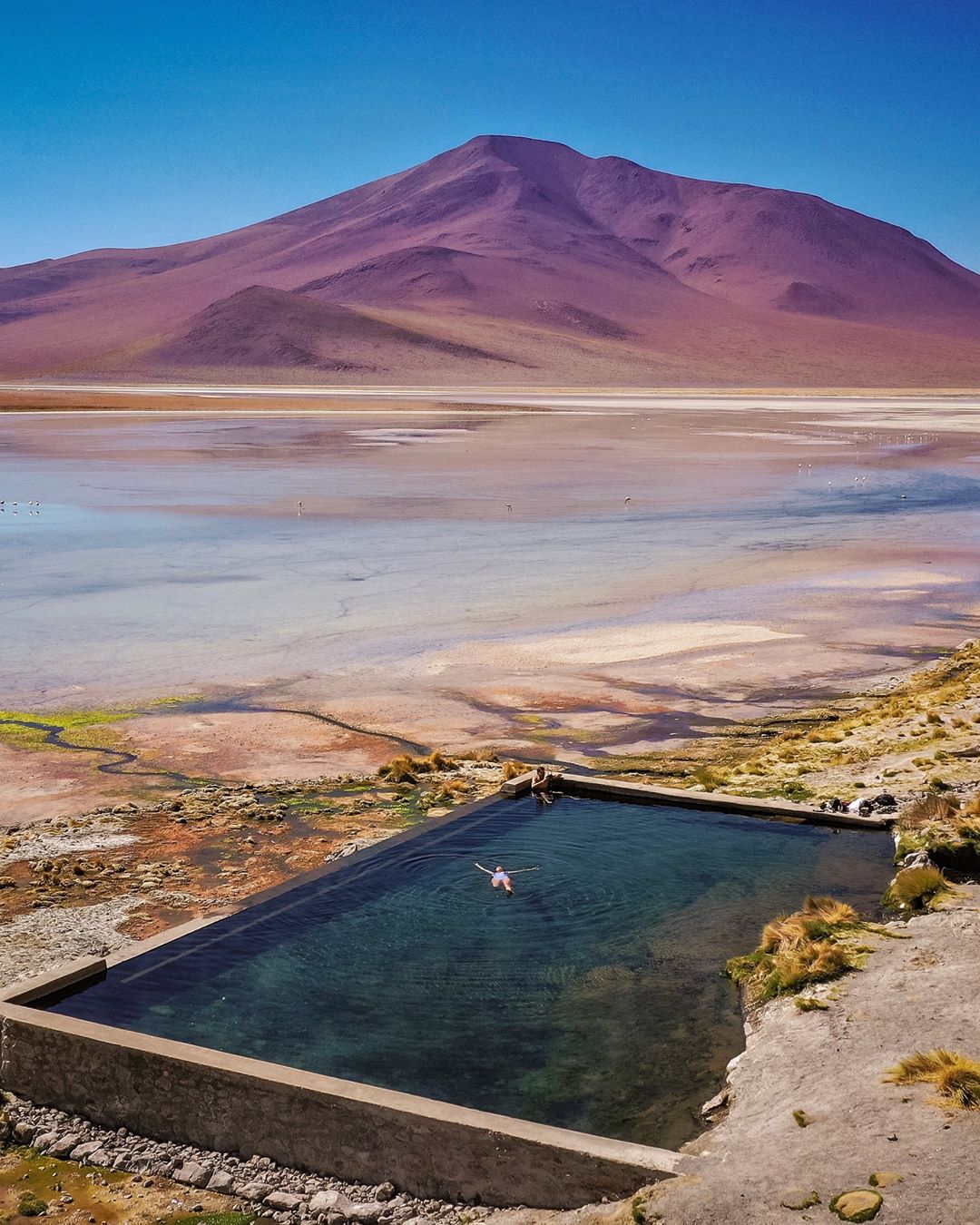
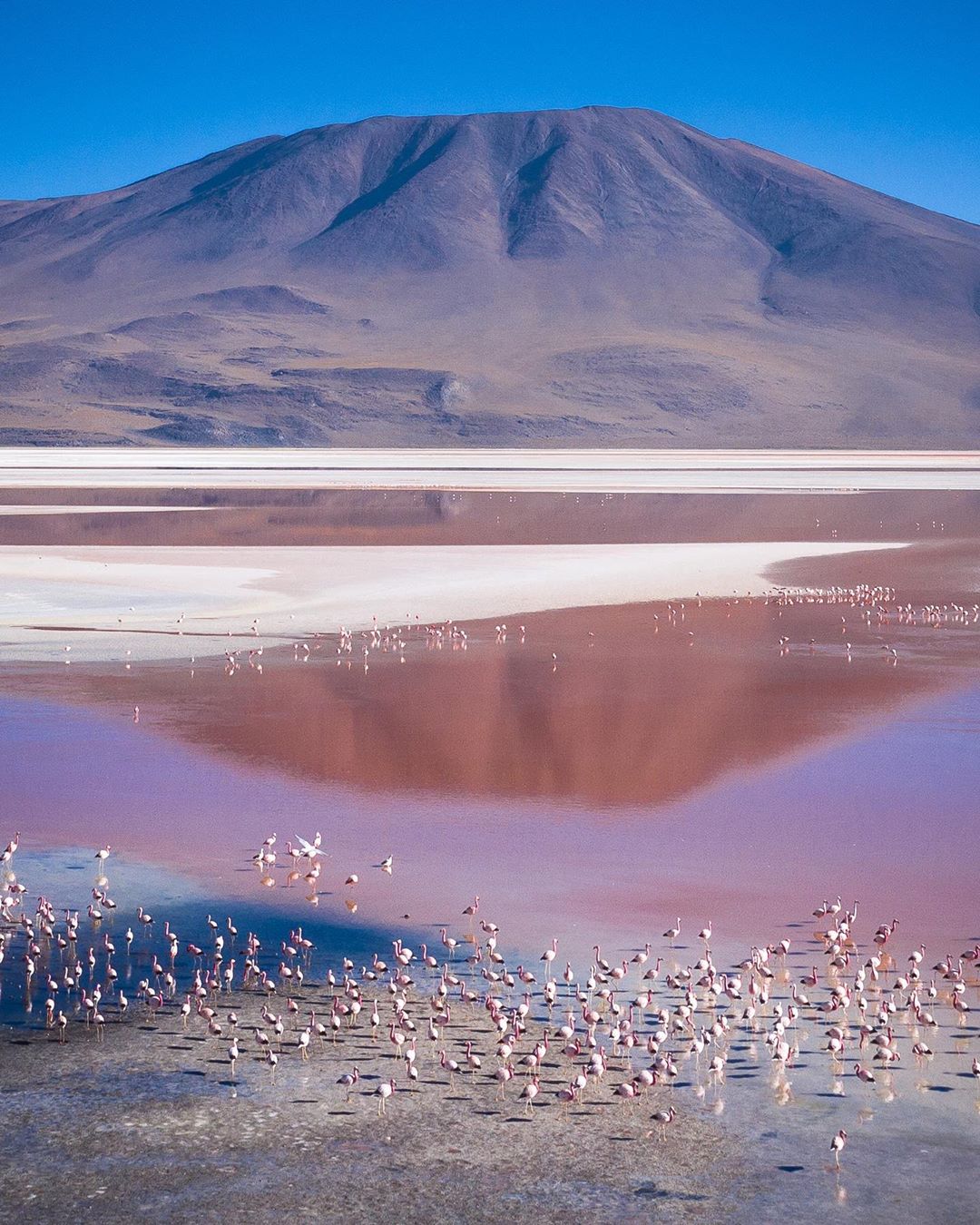
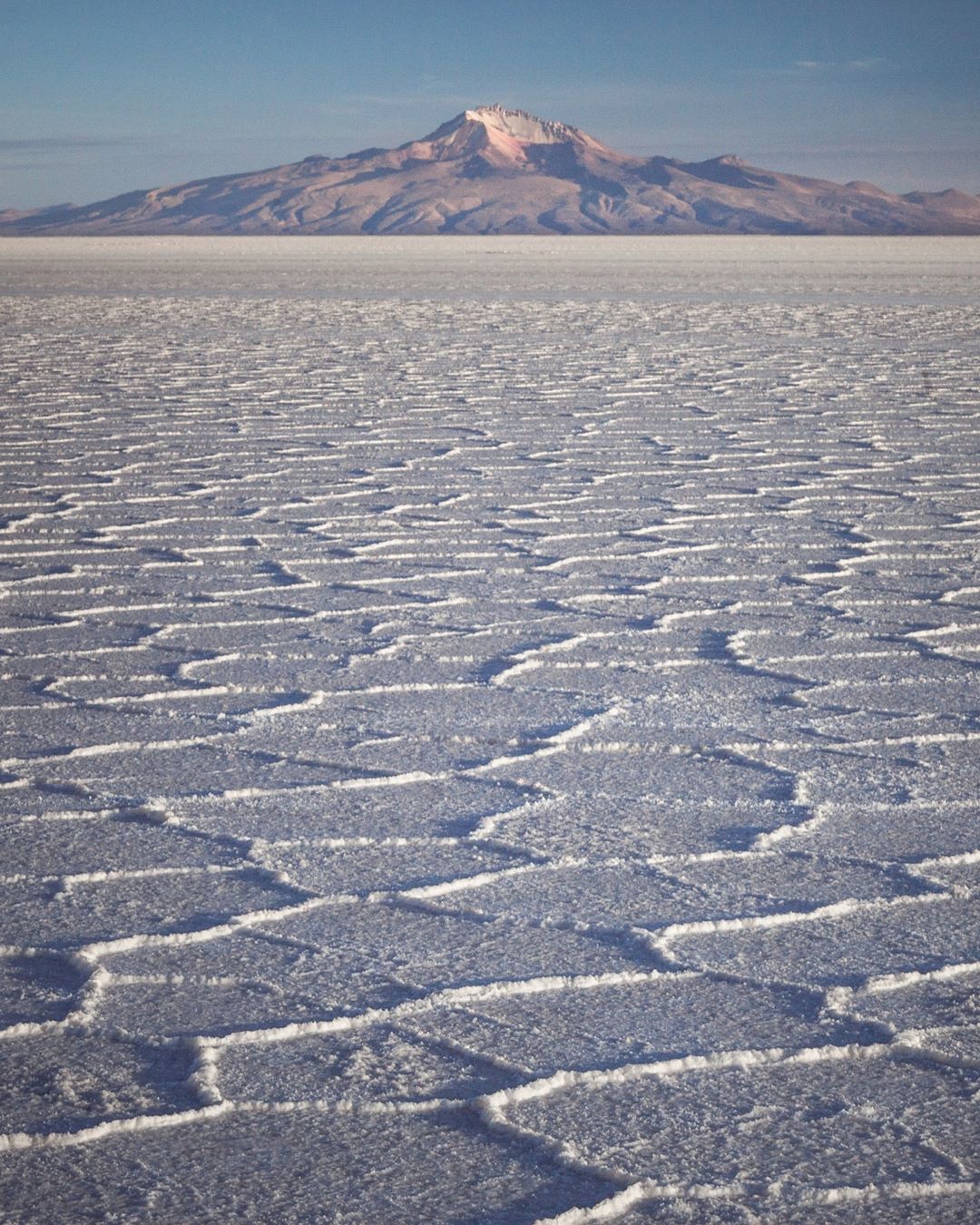
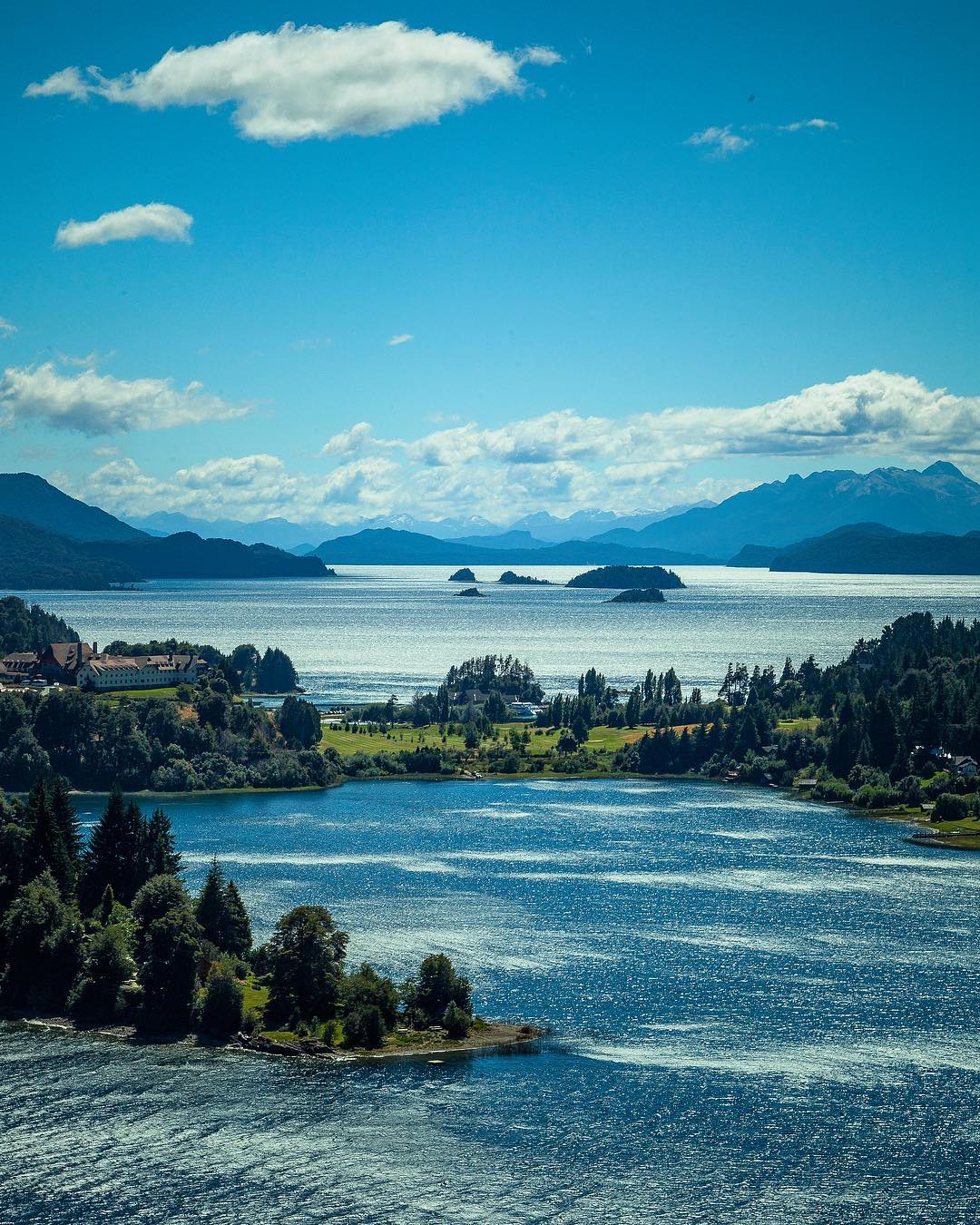
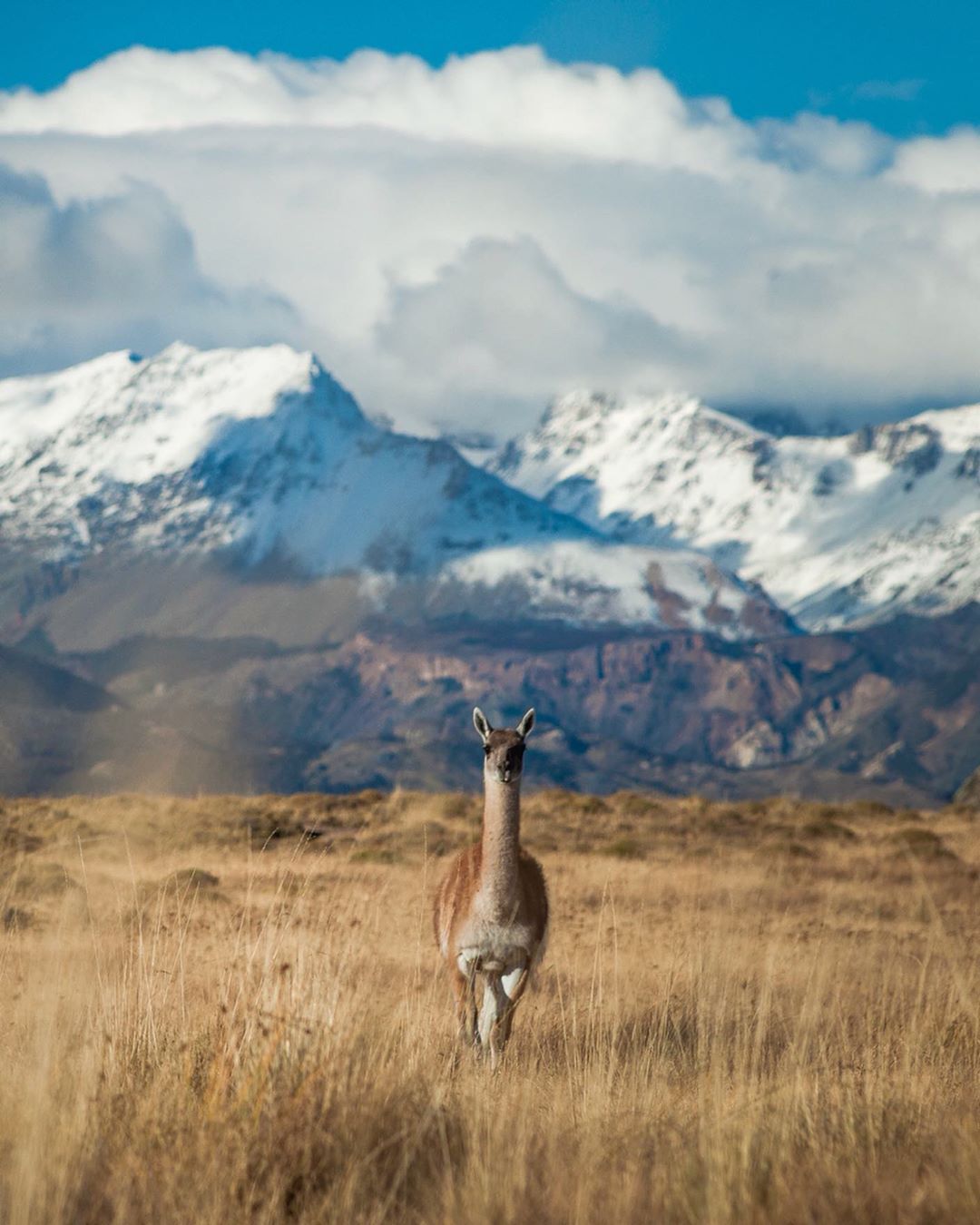
Expat Guide to South America: Customs and Traditions
My initial impressions of the South American culture was that the people were very warm, family oriented and religious. Each country within South America that I visited has its own unique identity and culture within itself.
During my time in Argentina the people I met would always hug and kiss me. It’s a normalcy every time you leave and return to your home that you give everyone present a hug and kiss. I really enjoy this sense of warmth and friendship.
The Bolivian culture was a bit more reserved. Bolivia was by far the most culturally different. From the indigenous clothing, languages, and food, to the buildings and structures, to the lifestyle of the workers. It was really eye opening to see a country whose customs and traditions are so different.
In respect to cultural habits of eating: breakfast, lunch and dinner times in South America have their own set of rules. Here in Argentina, breakfast consists of coffee, tea, or Mate Cocido, bread with cream cheese, dulce de leche and jam.
Back in the US breakfast is a big thing with bacon, eggs, hash browns, pancakes, waffles and tons of other choices. It is common in South America to have a big lunch where everyone comes home from work and school to eat together.
The siesta is a real thing and is something I’ve grown to really enjoy. A light nap between 1-3 pm then back to work and school. There is another meal called a merienda between lunch and dinner around 5-7pm that consists of pastries, cheeses, breads and drinks.
Then dinner happens very late, anywhere from 9-11pm at night. This has been more or less my meal time schedule while living in Argentina.
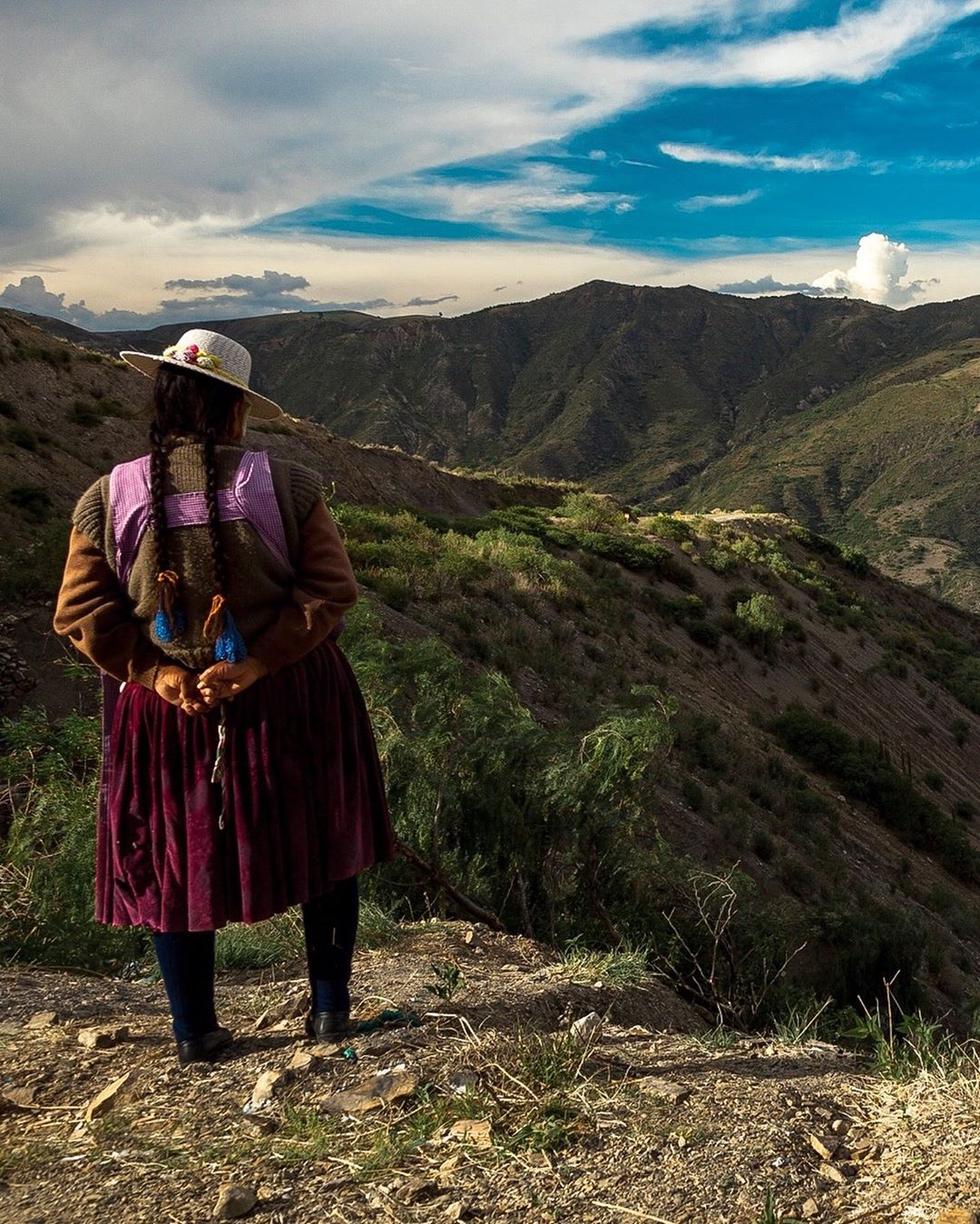
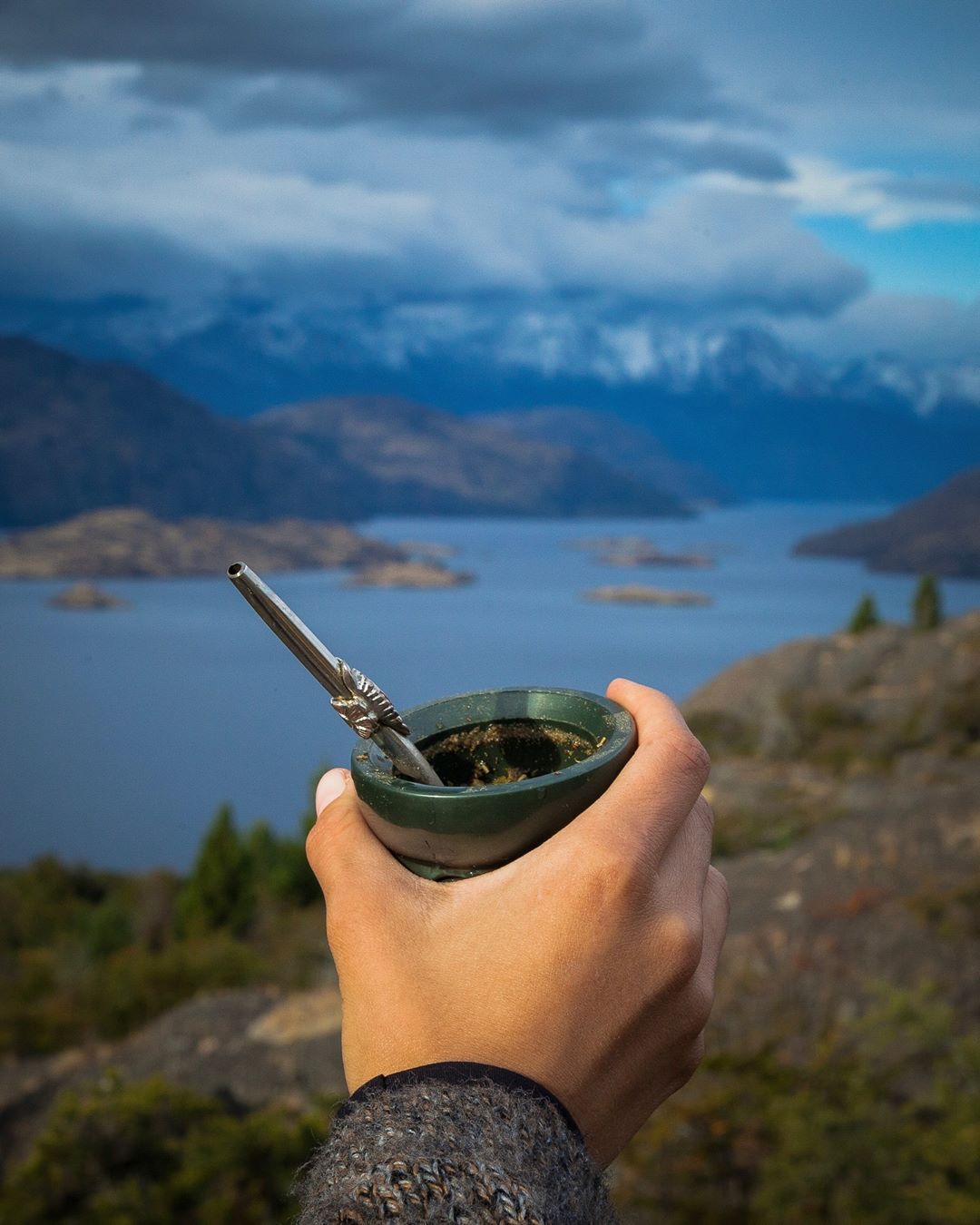
The Incredibly Diverse and Delicious Food
The fresh fruit in Bolivia was incredible, especially the mango and Granadilla. For 1 US dollar you could get five enormous and juicy mangoes fresh from the tree.
In Chile there is a drink called Mote con Huesillo which is absolutely delicious. It is a non alcoholic drink consisting of a sweet clear nectar-like liquid made with dried peaches (huesillo) cooked in sugar, water and cinnamon and then once cooled, mixed with fresh cooked husked wheat.
Another amazing alcoholic drink that is a must try is called the Terremoto (earthquake). It’s so addictive and after a few the name starts making sense. The terremoto consists of pineapple ice cream, mixed with a sweet fermented white wine called Pipeño and grenadine.
I would say hands down the best and most fresh dishes of fish and ceviche I’ve ever had were in Puerto Montt, Chile and Lima, Peru. The options and varieties are endless and for outstanding prices too. One other shared cultural drink between Chile and Peru is the Pisco Sour, a sweet and deliciously satisfying drink, a must try if in either of these countries.
In Argentina it is all about the mate, meat, empanadas, Patagonian trout, and Malbec wine. I have never seen a culture who grills their meats like the Argentines. It’s common that the typical house in Argentina is built with an outdoor grill area or an additional small building in the back of the house called a “quinco” dedicated to cooking meats over an open fire.
The size of the cuts of meat are enormous, one would think they are eating part of a dinosaur leg. It’s heaven on earth for people who enjoy a high quality cut of meat. Don’t be alarmed if you don’t eat meat. There are tons of vegetarian/vegan options of empanadas and tartas, milanesas de soja, home-made pastas and Argentinian style pizzas.
One of the most famous condiments in Argentina is chimichurri which is served with meat dishes, including the famous Argentine sandwich the Choripan. Chimichurri is made from finely chopped parsley, minced garlic, olive oil, oregano, red pepper flakes and vinegar.
Expat Guide to South America: Key Tips to Remember
I’d say the most challenging aspect of my journey in South America has been the language. At first I didn’t know how to speak a lick of Spanish more than your basic como está and gracias, with a few other words in between.
Being able to live with native speakers made me develop a better ear and refine my ability to speak. I have learned a ton since I arrived here and still strive to be 100% fluent. Learning a language does not come overnight or even in 6 months but having confidence and drive will definitely help in becoming successful in learning a language.
Learning the language is definitely my number one tip and below are a few more tips to complete my expat guide to South America:
1) Pick up as much of the language (Spanish or Portuguese- depending on what country you will visit in South America) as you can before traveling. Do as much as you can but don’t beat yourself up over it. At least understand some of the basic phrases to help you get by.
2) If traveling for more than a few weeks in South America, I would advise you to not plan everything with a rigid schedule. The best way to experience travel is to give yourself some freedom to have a somewhat open schedule. This way you can stay in locations you enjoy longer, meet and travel with others, and overall have a less stressful trip.
3) Document your experience. This might be by writing a daily journal or bringing a camera with you to capture special moments. Seeing photos, videos, or writings from your travels is the only way to fully remember those small but important details from your journey.
It’s the most effective method of transporting you back to that day, the food/drinks you had, the feelings and emotions you felt, the people you met, and any other things that you are not able to remember just by thinking of them.
Thanks for reading my expat guide on South America! Please feel free to get in touch with me for any further information. I’m always looking to help. I hope to see you on the road one day. Good luck and safe travels to all!








